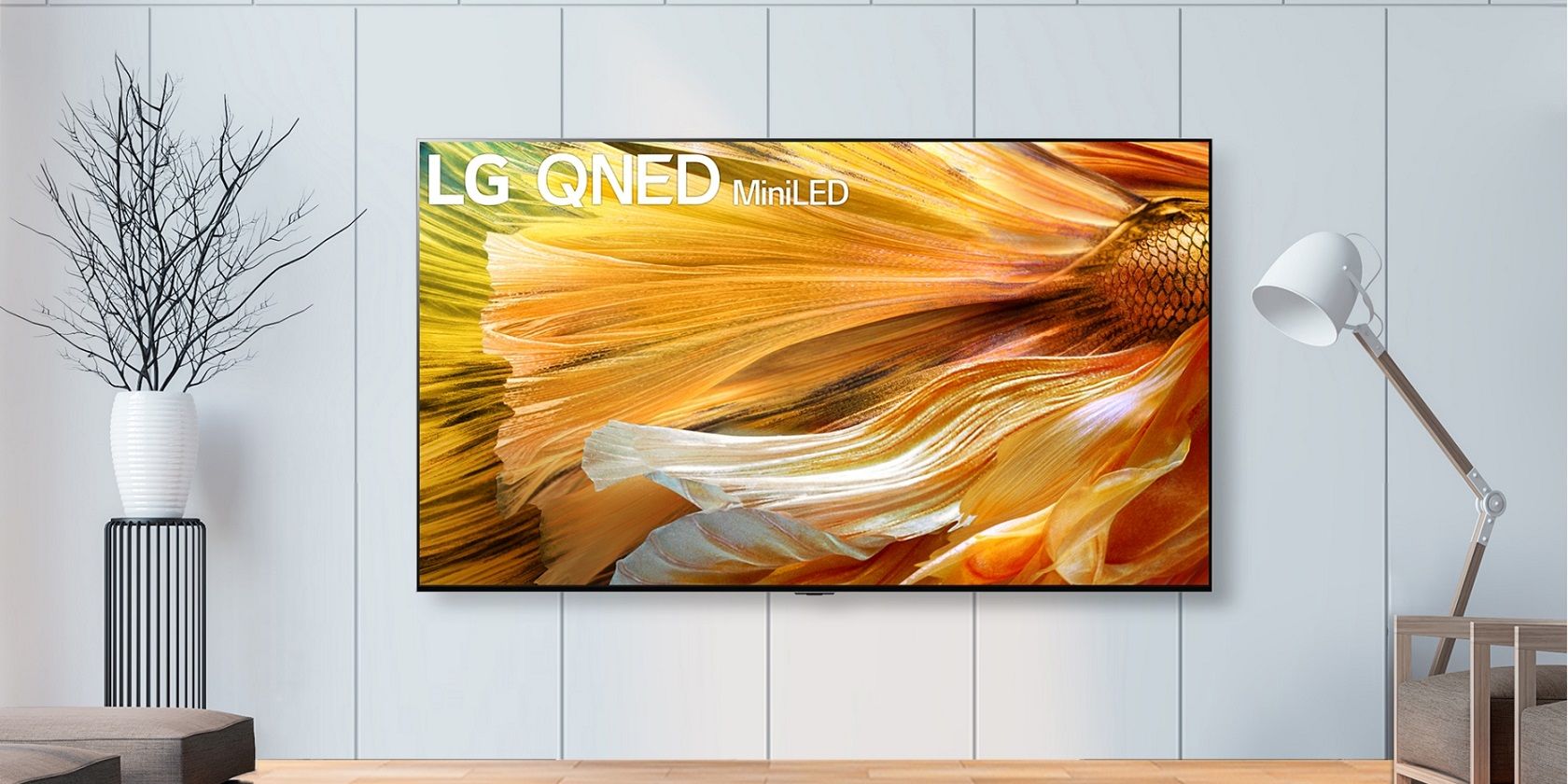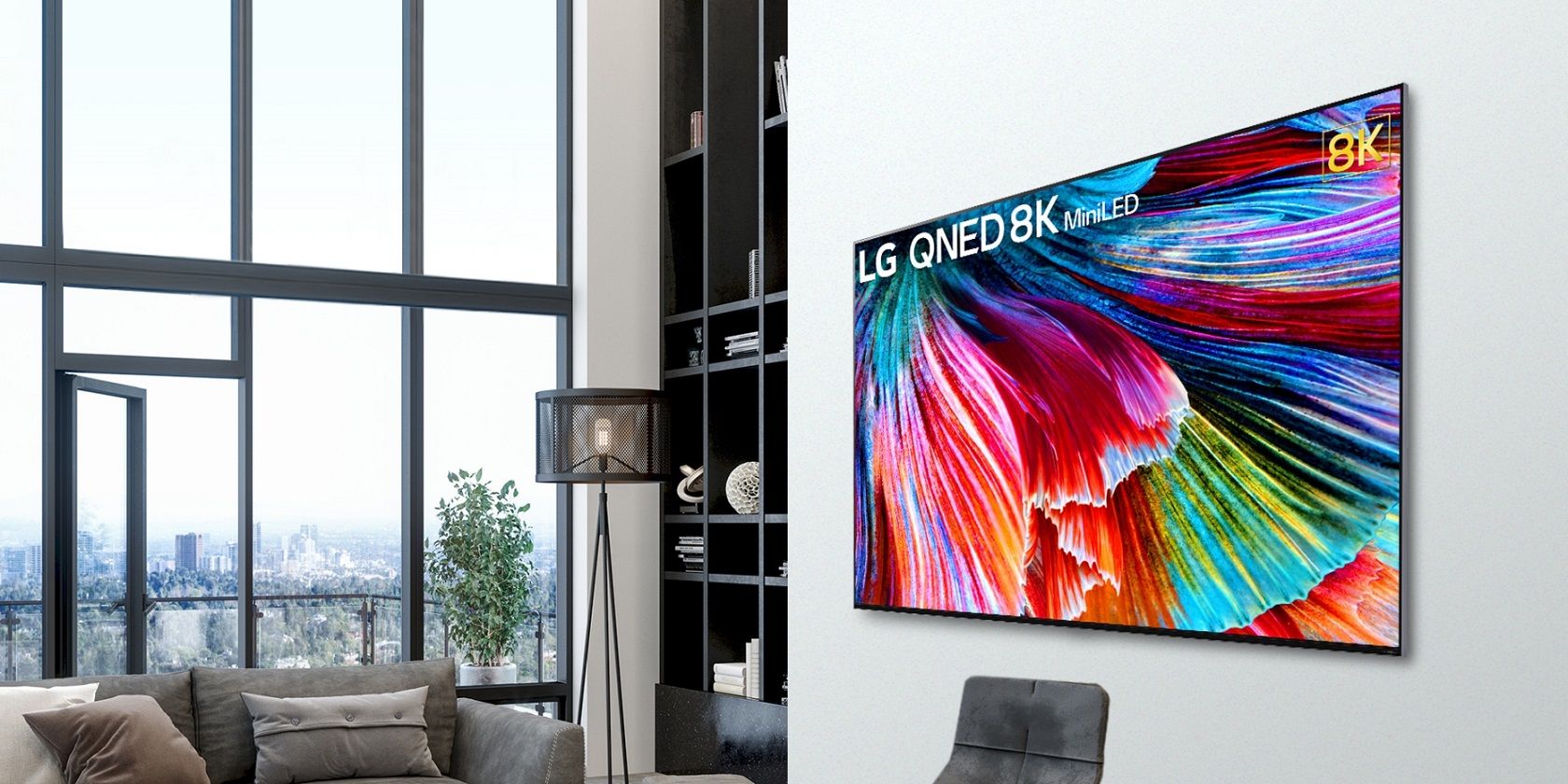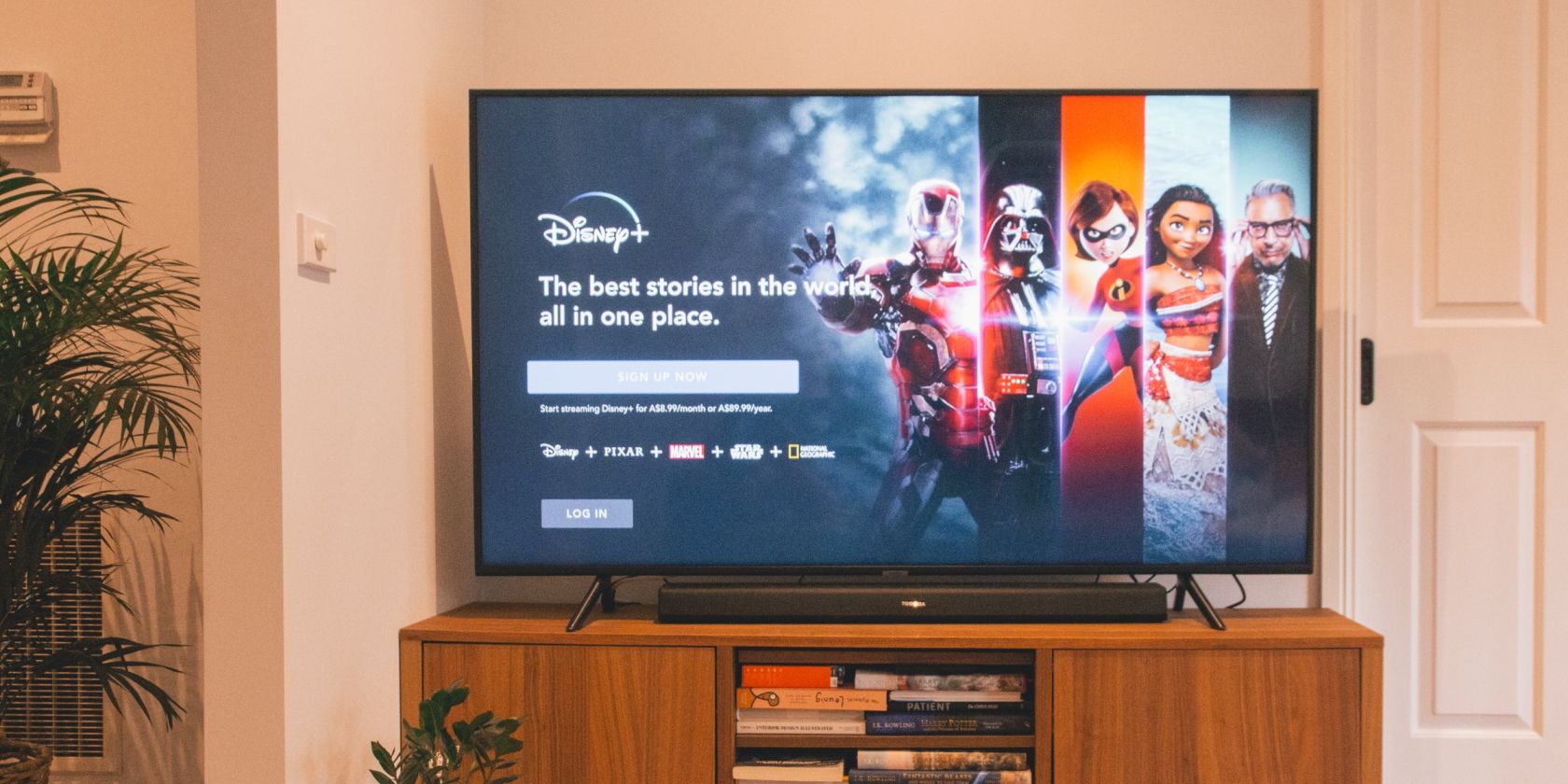There are two major types of displays available in modern TVs: OLED and LED LCD. LED LCD technology is constantly evolving, and the latest iteration is Mini LED.
Like other iterations of LCD technology, Mini LED attempts to improve on the drawbacks of its parent technology in different ways. But how does it compare with OLED? And does Mini LED outshine OLED?
We dive into the nitty-gritty of it all in this Mini LED vs. OLED comparison to help you make an informed choice.
What Is Mini LED?
The term Mini LED may, straight off the bat, be confusing. However, Mini LED (Light Emitting Diode) is simply a culmination of the good old LCD (Liquid Crystal Display) technology. Like other modifications of LCD, it comes with some tweaks to overcome different drawbacks inherent in LCD panels.
For starters, LCD technology has come a long way, and there are different versions of it in modern-day TVs. LED, QLED, MicroLED, Neo QLED, and NanoCell display technologies are all built upon the groundbreaking LED LCD technology with few improvements here and there.
To understand what Mini LED means, we have to go back to the foundational LCD technology. LCDs use Cold Cathode Fluorescent Lamps (CCFL) tubes for backlighting.
LED LCD (which manufacturers often refer to as LED) is an improvement on LCD with one key difference—the backlighting technology. Instead of using CCFL tubes, LEDs use Light Emitting Diodes, bringing several improvements such as higher peak brightness and better light control. The bottom line is, LED panels are LCDs that are backlit with LEDs.
With that in mind, the significant change with Mini LED is the size of LEDs used for backlighting. Appropriately named, Mini LEDs use smaller LEDs.
Because of this, Mini LED panels have lots of LEDs resulting in a more significant number of local dimming zones.
For instance, LG's 86-inch Mini LED 8K TV unveiled in June 2021 is backlit by approximately 30,000 "mini" LED lights with about 2,500 local dimming zones.
Apple also embraced the technology in its 2021 12.9-inch iPad Pro. The 12.9-inch iPad Pro, praised for its fantastic display panel in reviews, uses a Mini LED panel with 10,000 LEDs and slightly over 2,500 local dimming zones.
Mini LED means better light control which has been a critical focus across the different types of LCD screen technology.
But what are the advantages of increasing the number of LEDs on your panel to your viewing experience?
What Are the Advantages of Mini LED?
Mini LEDs present several advantages over conventional LED panels.
First, Mini LED panels provide an improvement in contrast ratios. The uptick in contrast ratio is all thanks to the dramatic increase in local dimming zones. Local dimming plays an essential role in LED LCD panels by making blacks appear deeper, leading to a higher contrast ratio.
A good example is LG's 2021 86-inch Mini LED 8K TV, which boasts a ten times increase in contrast ratio over conventional LCD TVs. That's a big difference in the viewing experience.
Mini LEDs have subtle and precise control on the background light, thus helping tone down the halo effect (when light from a bright object in a dark background bleeds into the surrounding).
Mini LEDs also bring about deeper blacks, an area where conventional LCDs have always struggled, using a backlight to illuminate their pixels.
Additionally, Mini LED promises more details in dark areas of images and videos with an increase in depth which helps make pictures look more realistic.
Another great advantage of Mini LEDs is their higher peak brightness relative to regular LCDs and even OLEDs (organic light-emitting diode).
Mini LED vs. OLED: The Key Differences
There's a remarkable gap between OLED and LED LCD screen technology. Over the years, LED LCD has evolved, trying to catch up with OLED.
For Mini LED, that gap is very much still present. However, the fundamental differences between the technologies remain.
Mini LED uses a backlight, in this case, mini LEDs. With more LEDs than conventional LED LCD panels, Mini LEDs provide better contrast ratios and deeper blacks.
OLED doesn't need backlighting since each pixel is self-illuminating and can turn on and off. OLED has the highest contrast ratios, impeccable picture quality, and true blacks, some of the technology's major selling points.
Is Mini LED Better Than OLED?
Despite the improvement, OLED is still better than Mini LED. However, that is not to say that Mini LED is bad. Mini LED excels in certain areas where OLED doesn't.
One significant upside of a Mini LED panel over an OLED is brightness levels. Mini LED TVs can achieve a peak brightness as high as 2,000 nits. In comparison, current OLED panels can rarely hit a peak brightness of 900 nits.
As such, it'll be better if you go for a Mini LED TV instead of an OLED for a good viewing experience if you plan to place it in a brightly lit room.
And because of the high chances of screen burn-in on OLED panels, they don't last as long. Screen burn-in has been and is still one of the most significant drawbacks of OLED technology.
While manufacturers have tried to improve the longevity of OLED panels, they still can't compare with their LED LCD counterparts, including Mini LED. Over time, the individual pixels' luminance degrades, leading to washed-out images.
On the flipside, OLEDs have several advantages over Mini LED. One of the major selling points of OLEDs is the ability to deliver true blacks by switching individual pixels on and off. Besides, OLEDs don't exhibit the halo effect.
And if you want the best possible picture quality, contrast ratios, faster response times, and better viewing angles, OLED is the answer. In general, what makes one better than the other boils down to what you need.
Same Tech, Different Names
Now that you understand Mini LED, it's time to bring to your attention the different confusing marketing terms used by TV manufacturers.
First, Mini LED is part of the official branding used by LG to market its Mini LED-backlit LCD TVs. But LG isn't the only manufacturer of such TVs.
Samsung and TCL also sell TVs with such technology but with slightly different marketing terms, Neo QLED and OD Zero, respectively.



